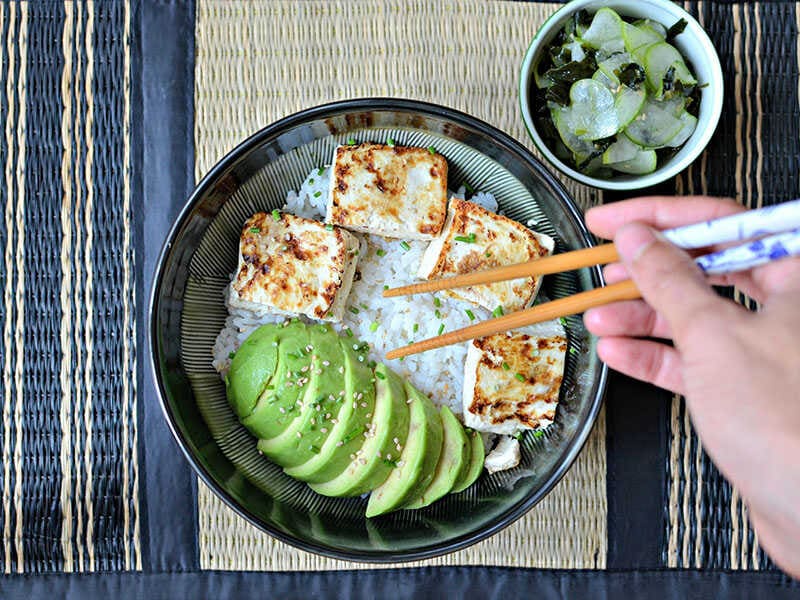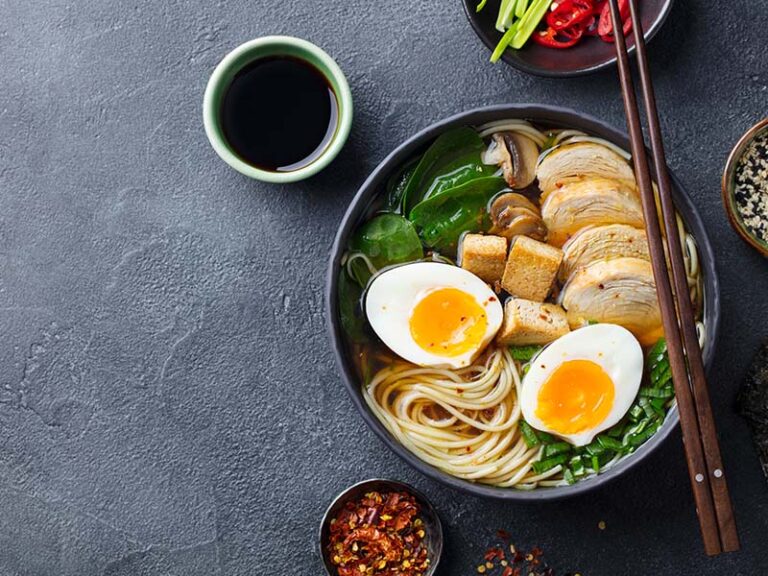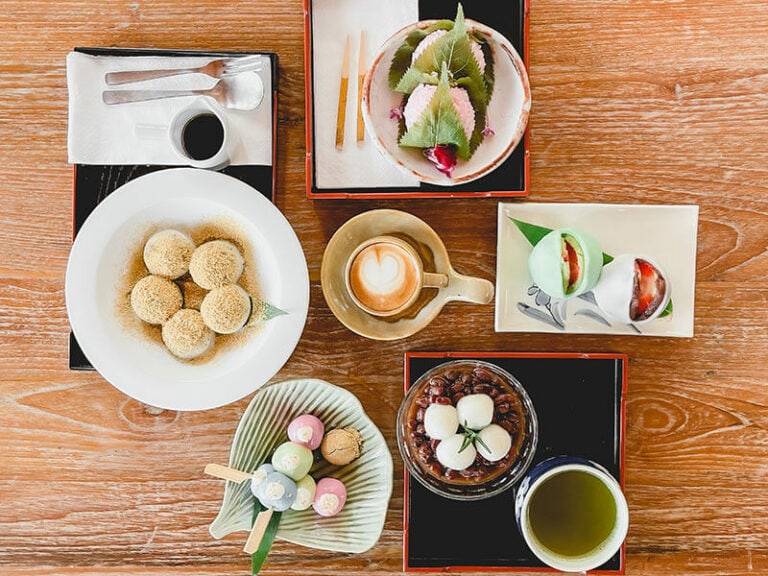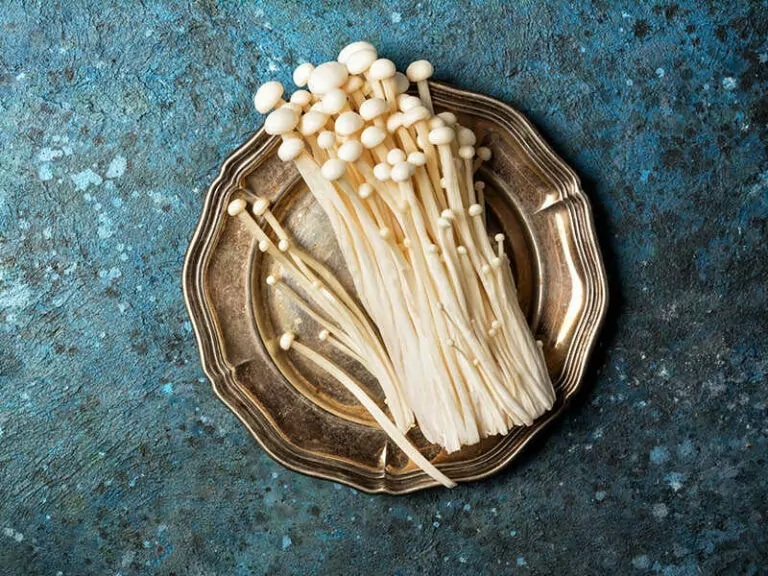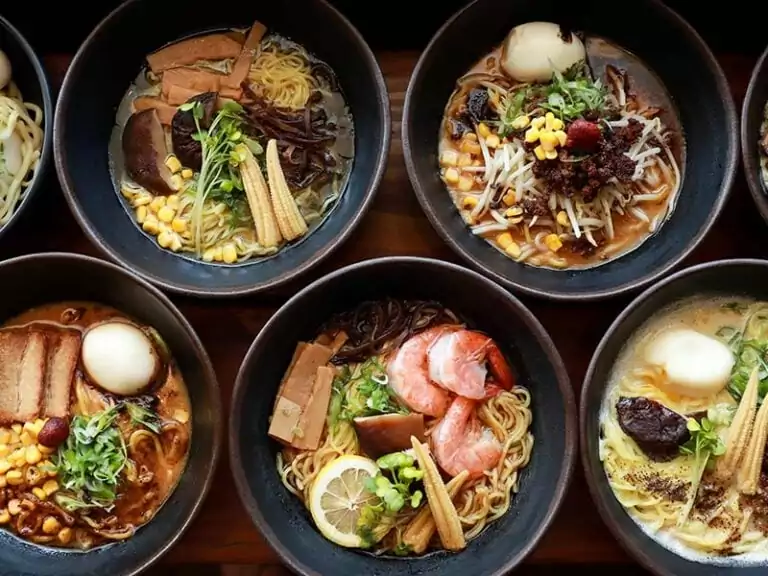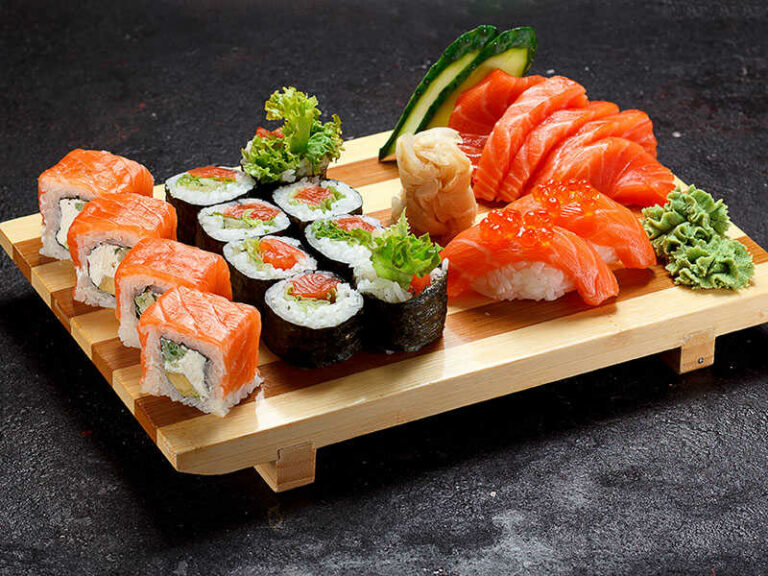You should have some of the best Japanese tofu recipes in your pocket since they are easy to whip up at home. In Asian cuisine, tofu is a prominent ingredient in many traditional dishes.
Tofu is an amazingly versatile ingredient. Its neutral taste enables it to pair well with other components and flavorings. The mild taste is also why tofu has many applications in Japanese dishes.
Whether savory soup or delicious nigiri (hand-pressed sushi), these Japanese tofu recipes will make you return for more with their diversity in taste and texture.
Japanese Tofu Dishes You Can’t Get Enough Of
These Japanese tofu dishes are a heavenly mixture of balanced flavors. Most of them are filling without weighing you down. With the right choice of seasonings and flavorings, these tofu dishes will guarantee you an out-of-this-world experience.
1. Fried Tofu Teriyaki Atsuage
Total time: 10 minutes
Atsuage (Japanese deep–fried tofu) is a very healthy and suitable pick for those who follow a vegan or vegetarian diet. The deep-fried tofu pieces combined with many Japanese spices create a delectable creation for any vegan diet.
Because of atsuage’s simple flavor, it goes perfectly with teriyaki sauce made from Japanese soy sauce and the slight sourness of mirin (Japanese rice wine).
Every piece of golden-brown tofu will give you a crispy feeling on the exterior with an addicting savory profile of teriyaki sauce. Ideally, the dish is best to go with white rice.
Secure the secret of this fried tofu teriyaki recipe to make for your family.
2. Agedashi Tofu – Deep Fried Tofu In Tsuyu Broth
Total time: 25 minutes
You can make one of the best tofu appetizers at home within a short time. This traditional Japanese dish will melt in your mouth due to tofu’s soft nature.
Normally, tofu is fried to golden brown in the skin and airy inside. As for the Tsuyu, use a combination of Dashi broth, Japanese soy sauce, and cooking wine – mirin. Finally, sprinkle katsuobushi, a kind of Japanese fermented and dried fish.
The fried silken tofu possesses a lovely crunch while its inner is airy. In addition, the Tsuyu broth also brings a warm touch along with the signature umami profile.
3. Tofu Katsu and Japanese Curry
Total time: 50 minutes
Tofu katsu is a vegan meal without any protein ingredients but still supplies you with enough protein. Commonly, you should press the tofu to extract water before coating it with beaten egg yolk and bread crumbs for frying.
Combined with Japanese curry, this dish gives you the sweetness of vegetables and the unmistakable umami touch. The crispy slices of tofu katsu also pack a savory punch in each bite from the salt and paprika seasonings.
White steamed rice should be your top-tier choice to enjoy this dish in the most Japanese way. This appetizer suits people who love Japanese curry but want to stay healthy!
4. Easy Crispy Japanese Tofu Steak
Total time: 15 minutes
Protein-packed, delicious, and quick! This Japanese-style tofu steak is perfect for treating yourself to a healthy meal. Paired with crunchy bok choy and seasoned with mirin, this tofu steak gives you a rich profile for dinner.
The fried tofu’s beautiful yellow color has a nutty taste that will steal your heart. The key to preventing splashing oil while frying tofu is to remove excess moisture before frying.
Proceed to combine the tofu with a sauce mixture of soy sauce and mirin. Simmer the concoction until you get a thicker sauce coating the tofu pieces evenly.
5. Japanese Chilled Tofu (Hiyayakko Tofu)
Total time: 5 minutes
Made with soft tofu, this super light tofu dish is perfect for whipping up a vegan meal with only a few elements. The dish is also great for using leftover tofu in your refrigerator.
For your information, Hiyayakko is Japanese chilled tofu that appears as a side dish or appetizer. The soft tofu has a smooth, silky texture that easily dissolves in your mouth. Furthermore, Hiyayakko has a signature peppery taste from ginger.
To prepare the dish, slice the tofu into small squares and top it with soy sauce, scallion, wakame seaweed, ginger, and wasabi.
Pocket this chilled tofu recipe to make a restaurant-grade dish for your family.
6. Japanese Fried Tofu Patties – Ganmodoki
Total time: 50 minutes (including 30 minutes of draining the tofu)
You can’t go wrong with these crispy fried tofu patties. Ganmodoki is a Japanese appetizer with firm tofu, vegetables, and spices having a super hearty profile.
Crispy fried, golden brown, and scrumptious, Ganmodoki can be a starter or main dish with rice. The soft structure of tofu boasts the overall taste of mushroom, green onion, and umami soy sauce.
You should blend the curd with a food processor for a smooth texture. Alternatively, you may grind the curd pieces through a strainer or a potato masher to get the same result.
Tofu patties are super easy to make and flexible in any meal. Serve them with ginger soy sauce or dip them in your favorite condiments.
7. Tofu Yasai Don (Tofu & Vegetable Rice Bowl)
Total time: 50 minutes
The simple concept of a hot rice bowl, tofu, and vegetables can work beautifully in many meal situations. Such an impeccable combination of plant-based ingredients allows you to customize freely.
Yasai Don is a top-notch Japanese bowl packed with numerous veggie elements. The abundance of veggies is the centerpiece of this dish, with vegetables like carrots, burdock root, and sweet potato.
Typically, the vegetables are simmered in a dashi mixture until tender. Then, sprinkle some chopped green onion for garnish, like toasted sesame seeds, for extra nuttiness.
8. Vegan Japanese Style Mapo Tofu (Mabo Dofu)
Total time: 20 minutes
This mapo tofu is a Japanese twist to Chinese mapo tofu that usually features minced meat. Made with firm tofu and various Japanese seasonings, this light dish will leave you in awe of its simplicity and tastiness.
In this recipe, the blend of seasonings, such as mirin, miso, and soy sauce, gives this dish a delightfully light savory punch. Furthermore, the soft tofu is soaked in the rich broth of doubanjiang sauce to provide the much-needed spiciness.
This dish can be enjoyed like soup or over steamed rice, while leftovers can last in your fridge for up to 3 days.
You can’t go wrong with this fool-proof mapo tofu recipe.
9. Tofu Pudding
Total time: 1 hour 20 minutes
If you’re craving soft pudding but are on a vegan diet, this recipe is your go-to choice. Who would have thought soft and silken tofu works perfectly as a pudding dessert? This vegan version of pudding with tofu, honey, and soy milk makes for an ideal low-calorie dessert.
You can use any fruit sauce, but I prefer a sweet-tart touch from the strawberry. The caramel sauce also gives an irresistible sweet side to this pudding. The fresh berries and strawberries add a touch of freshness to this dish.
10. Japanese Boiled Tofu (Yudofu)
Total time: 25 minutes (including 15 minutes of soaking time)
If you think that only baked and fried tofu taste good, this boiled tofu recipe is here to change your mind. Yudofu is a hot-boiled tofu that is healthy, light, and flavorful. It’s perfect as a tasty side dish or hot pot ingredient.
Kombu seaweed is the key ingredient in this recipe. You only need to simmer silken tofu with kombu seaweed, which adds a unique umami flavor and prevents the tofu from sticking to the pan.
It’s revitalizing, comforting, and nutritious. I usually serve it as a winter dish alongside fluffy sushi rice, Japanese pickles, and hot miso soup. Don’t forget you may whip up a mixture of soy sauce, mirin, and dashi powder to enjoy with the soft tofu.
11. Teriyaki Tofu Nigiri With Crispy Shallots
Total time: 1 hour 20 minutes
These vegan roll nigiri with flavorful teriyaki tofu is here to quench your craving for Japanese dishes. In this recipe, the tofu requires deep-frying until golden brown before being cooked in the sweet and savory soy sauce.
The teriyaki sauce should be a simple mixture of soy sauce, maple syrup, and rice vinegar. Make sure you whip in cornstarch to help thicken the sauce and coat the tofu. Ideally, the teriyaki tofu should be chewy and rich from absorbing flavors from the seasoned sauce.
Besides, the nori sheets (seaweed wrap) give these rolls an umami flavor. Don’t forget the dish is easy to prepare and can be a great addition to your bento lunch box.
Make your tofu more flavorful with an umami teriyaki sauce.
12. Japanese Vegan Cold Silken Tofu Salad
Total time: 10 minutes
This revitalizes cold Japanese tofu salad with a refreshing flavor. This salad features fresh vegetables, silken tofu, and a savory sesame soy dressing. This 10-minute super recipe is a healthy side dish that can complement any Asian main.
Refreshing and light, yet packed with rich flavors, the salad comes with numerous fresh veggies and silken tofu. It’s highly customizable since you can add your favorite veggies to suit your taste.
This Japanese tofu salad can pair well with wakame miso soup. I love eating this salad with Japanese mains, such as tofu yakisoba or teriyaki soba noodles.
Easy Japanese Tofu Dishes Will Give You A Tasty Dinner
Some people may find tofu unappetizing due to its bland taste. If you find tofu boring, you may not have cooked it correctly. These Japanese tofu recipes will change your mind with their artistic ways of turning neutral taste tofu into flavorful dishes.
Have you found your jam in this list of delectable tofu recipes? Keep me updated about the recipe you are going to make. Don’t forget to share this list with your fellow tofu lovers. That will greatly encourage me to come up with more interesting content.
Nutrition Facts
2 servings per container
- Amount Per ServingCalories188
- % Daily Value *
- Total Fat
7.5g
11%
- Saturated Fat 1.1g 5%
- Sodium 982mg 41%
- Potassium 824mg 24%
- Total Carbohydrate
19.6g
7%
- Dietary Fiber 2.8g 8%
- Sugars 11.3g
- Protein 15.1g 30%
- Calcium 98%
- Iron 5%
* The % Daily Value tells you how much a nutrient in a serving of food contributes to a daily diet. 2,000 calories a day is used for general nutrition advice.

